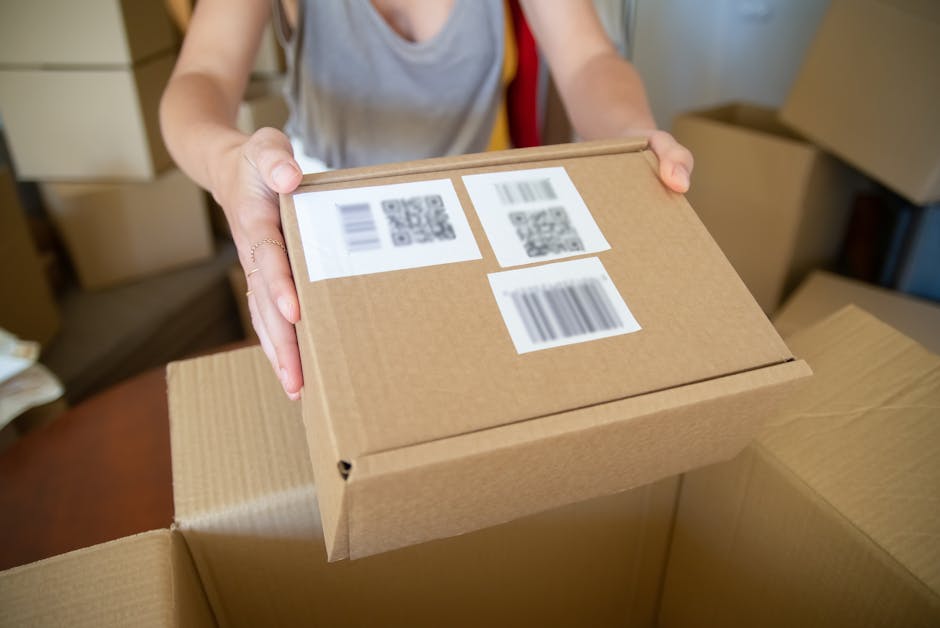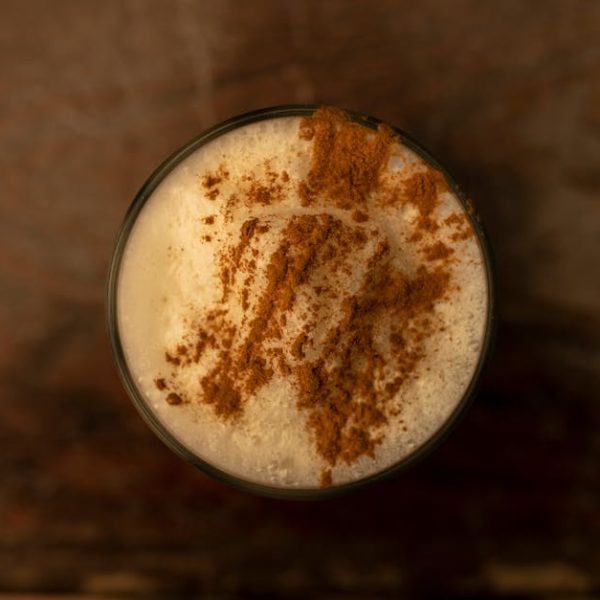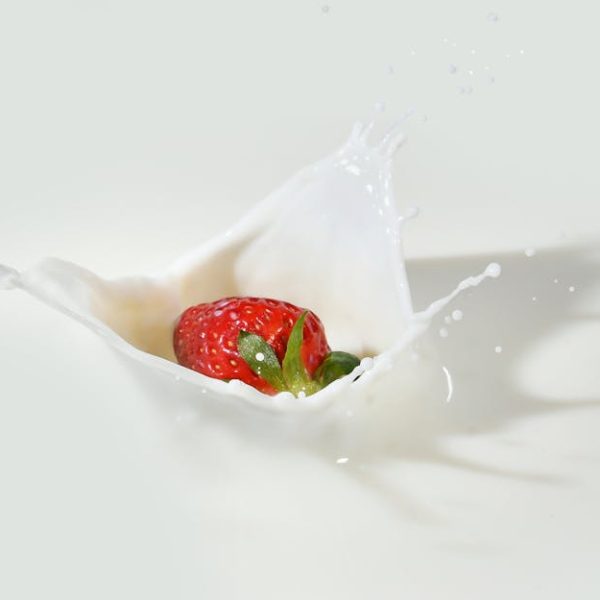We’ve all been there before – you pour yourself a glass of milk, get distracted, and then find yourself staring at it play a game of milky roulette wondering: How long can this milk safely sit out? The answer isn’t as straightforward as we might hope and involves understanding the basics of milk and how it reacts to the environment. In this article, we will pierce the proverbial milk carton to explore these aspects and equip you with the knowledge you need to avoid turning that creamy goodness into a petri dish.
Understanding Milk and Its Expiry Mechanism
Milk is a natural product, loaded with nutrients, which unfortunately also makes it a perfect breeding ground for bacteria if not stored properly. The key aspects affecting the shelf life of milk include temperature, exposure to air, and packaging. These small-scale ecosystems thrive in the same conditions that help milk retain its creaminess – warm and moist environments.
Identifying spoiled milk isn’t always about seeing a change in its color. You might also notice a sour smell or a strange taste – nature’s way of giving you a cautioning nudge. So, the next time you aren’t sure, try this:
- Look for curdled milk or any clumps.
- Check if there is a sour or off-putting smell.
- Take a small taste. Spoiled milk generally leaves a distinct aftertaste.
The Science behind Temperature Safety Guidelines
The Food and Drug Administration (FDA) has clearly demarcated what is known as ‘The Danger Zone’ for perishable foods – temperatures between 40°F and 140°F (4°C and 60°C). Prolonged periods within this temperature range cause bacteria to multiply rapidly, greatly reducing the freshness and safety of the milk.
Adopt these safe storage guidelines:
- Store milk at temperatures below 40°F (4°C).
- Never leave milk at room temperature for more than 2 hours.
- Cool down boiled or heated milk rapidly before storing it.
Pro Tip: Using an ice bath is a great way to lower the temperature of heated milk quickly.
Time Frame of Milk Left at Room Temperature
Questioning how long milk can sit out safely no longer needs to be a guessing game. The official line is clear – perishable foods, milk included, should not be left at room temperature for more than two hours, a rule that reinforces food safety worldwide. This timeframe, however, can be influenced by several factors:
- How fresh was the milk when it was opened?
- What’s the temperature in the room?
- How long was the milk unrefrigerated before you bought it?
- Was the milk container ever left open, allowing entry of bacteria?
You should always strive to consume or refrigerate milk within 2 hours. This recommendation safeguards the liquid from microbial blooming, sustaining its freshness and taste. Your nose and taste buds will thank you later.
Handling and Storing Milk
Milk consumption is universal, but handling and storing milk properly is an art mastered with time and understanding. A slight mistake can turn your sweet-tasting milk into a sour, lumpy mess. Here are some handy storage guidelines and tips:
- Always refrigerate your milk. Never leave it at room temperature for extended periods.
- Never return leftover milk from a serving back into the original container.
- Store milk in the back of the refrigerator where it’s colder, not in the door sections.
- Use a clean spoon each time to prevent the introduction of bacteria.
- Most importantly, note the ‘Use By’ date and storage conditions on the packaging.
Is It Safe to Drink Milk That Has Sat Out?
It’s a common question – can you consume milk that has sat out for longer than the recommended safe time? Well, the short answer is ‘No’. Enjoying that milk may lead to several health risk exposures, the main one being foodborne illnesses caused by harmful bacteria such as Salmonella, Listeria, and E. coli. Here are some possible health risks:
- Diarrhea
- Vomiting
- Nausea
- Fevers and chills
- Severe headaches
Pro Tip: Even if the milk might seem fine, remember this rule of thumb: when in doubt, throw it out. It’s always better to be safe than sorry.
Now that you are aware of how long milk can safely sit out, you can avoid accidental spoilage and ensure your milk remains fresh and tasty as long as possible. Always remember to ensure proper storage and timely consumption. After all, it’s better to enjoy this delicious and nutritious beverage rather than playing a game of bacterial Russian roulette.
Key Takeaway:
- Milk spoilage is largely caused by bacterial growth which thrives in certain conditions of temperature, exposure, and packaging.
- ‘The Danger Zone’ (40°F – 140°F) is a crucial temperature range within which bacteria rapidly multiply, consequently reducing the freshness of milk.
- Milk should typically not be left out at room temperature for more than 2 hours, this is internationally recognized as a rule for food safety.
- Proper storage, handling, and refrigeration of milk are vital for maintaining freshness and preventing spoilage.
- Consuming milk that has been left out for longer than the recommended safe time might expose you to health risks arising from foodborne illnesses.
As complex as the science behind milk spoilage might seem, with a good understanding and practice of the guidelines around milk storage, you can ensure your glass of milk remains fresh, nutritious and safe. Whether it’s your morning cereal companion, evening coffee mix, or just a plain refreshing drink, let’s keep it delicious, nourishing and most importantly, safe!
FAQs
Q: Is it safe to consume milk that has changed color slightly?
A: While color change might be an indicator of spoilage, it’s not the only one. Milk could change color due to oxidation, but the best way to tell if milk is spoiled is to check for changes in smell, taste or consistency.
Q: How does the ‘Use By’ date on the milk packaging influence its freshness?
A: The ‘Use By’ date is the manufacturer’s estimate of when the milk is likely to start losing its freshness. However, this assumes that the milk has been stored properly. Even if stored correctly, milk should not be consumed past its ‘Use By’ date.
Q: Can milk spoil even when stored in the refrigerator?
A: Yes, milk can spoil even if stored in the refrigerator, especially if it’s stored near the door where temperature fluctuations are common. Always store milk at the back of the fridge to maintain a constant cool temperature.
Q: Does boiling milk extend its shelf life?
A: Boiling milk can kill many harmful bacteria, possibly extending the milk’s freshness. However, once boiled, the milk should be rapidly cooled down and refrigerated — otherwise, it will enter ‘The Danger Zone’ and bacteria can multiply rapidly.
Q: Can certain cooking methods kill the bacteria in spoiled milk?
A: While cooking can kill some bacteria, it won’t neutralize the toxins some bacteria produce when they multiply. Therefore, it’s best to discard spoiled milk and avoid potential risks.
Remember to share this article with anyone who might find it informative and continue to explore more insightful posts on safe food handling on our web page. Happy safe milking!






